What's the meaning of the Coat of arms of Russia »
Coat of arms of Russia
This page is about the meaning, origin and characteristic of the symbol, emblem, seal, sign, logo or flag: Coat of arms of Russia.
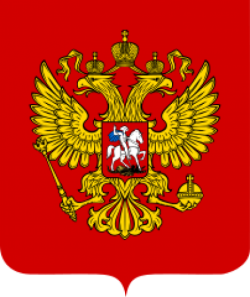
The coat of arms of the Russian Federation derives from the earlier coat of arms of the Russian Empire which was abolished with the Russian Revolution in 1917 and restored in 1993 after the constitutional crisis. Though modified more than once since the reign of Ivan III (1462–1505), the current coat of arms is directly derived from its mediaeval original, with the double-headed eagle having Byzantine and earlier antecedents from long before the emergence of any Russian state. The general tincture corresponds to the early fifteenth-century standard[citation needed]. The shape of the eagle can be traced back to the reign of Peter the Great (1682–1725), although the eagle charge on the present coat of arms is golden rather than the traditional, imperial black
The two main elements of Russian state symbols (the two-headed eagle and the mounted figure slaying the dragon) predate Peter the Great. Today, however, the official description does not refer to the rider on the central shield as representing Saint George, mainly in order to maintain the secular character of the modern Russian state. However, the Bank of Russia's website reads:
which is translated, on the website, to:
"The obverse: in the center — the relief image of Saint George the Warrior on horseback killing a serpent with a spear;"
in the website's description of the obverse, or the front side, of Russia's currently circulating one, five, ten, and fifty kopeck coins.
The current coat of arms was designed by artist Yevgeny Ukhnalyov; it was adopted officially on November 30, 1993 . Today, the imperial crowns on each head stand for the unity and sovereignty of Russia, both as a whole and in its constituent republics and regions. The orb and scepter grasped in the eagle's talons are traditional heraldic symbols of sovereign power and authority. They have been retained in the modern Russian arms despite the fact that the Russian Federation is not a monarchy, which led to objections by the Communists even though both the blue ribbon and the collar of the Order of St. Andrew (which in the imperial arms supported the three crowns and surrounded the central shield) have been removed from the current coat of arms.
The modern arms of Russia were instated by a presidential decree in 1993, and then by a federal law signed by President Vladimir Putin on December 20, 2000.
- 2,762 Views
Graphical characteristics:
Asymmetric, Closed shape, Colorful, Contains curved lines, Has no crossing lines.
Category: Emblems.
Coat of arms of Russia is part of the Coat of Arms group.
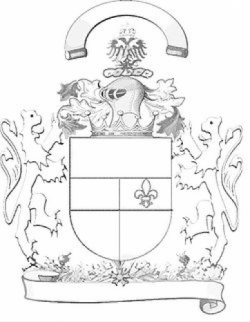
More symbols in Coat of Arms:
A coat of arms is a unique heraldic design on an escutcheon (i.e. shield), surcoat, or tabard. The coat of arms on an escutcheon forms the central element of the full heraldic achievement which consi… read more »
More symbols in Emblems:
An emblem is an abstract or representational pictorial image that represents a concept, like a moral truth, or an allegory, or a person, like a king or saint. Although words emblem and symbol are of… read more »
Citation
Use the citation below to add this symbol to your bibliography:
Style:MLAChicagoAPA
"Coat of arms of Russia." Symbols.com. STANDS4 LLC, 2025. Web. 22 Feb. 2025. <https://www.symbols.com/symbol/coat-of-arms-of-russia>.


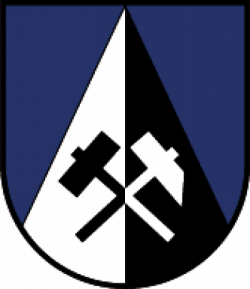
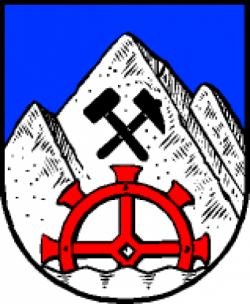
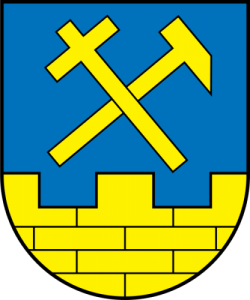
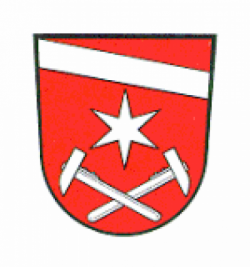
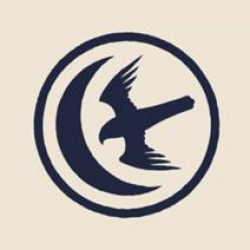
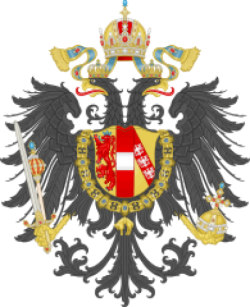
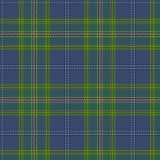
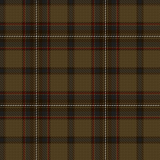
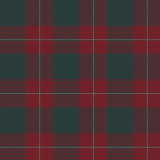
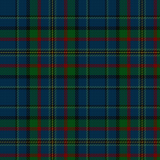

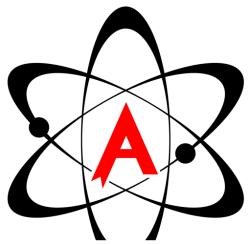




Have a discussion about Coat of arms of Russia with the community:
Report Comment
We're doing our best to make sure our content is useful, accurate and safe.
If by any chance you spot an inappropriate comment while navigating through our website please use this form to let us know, and we'll take care of it shortly.
Attachment
You need to be logged in to favorite.
Log In